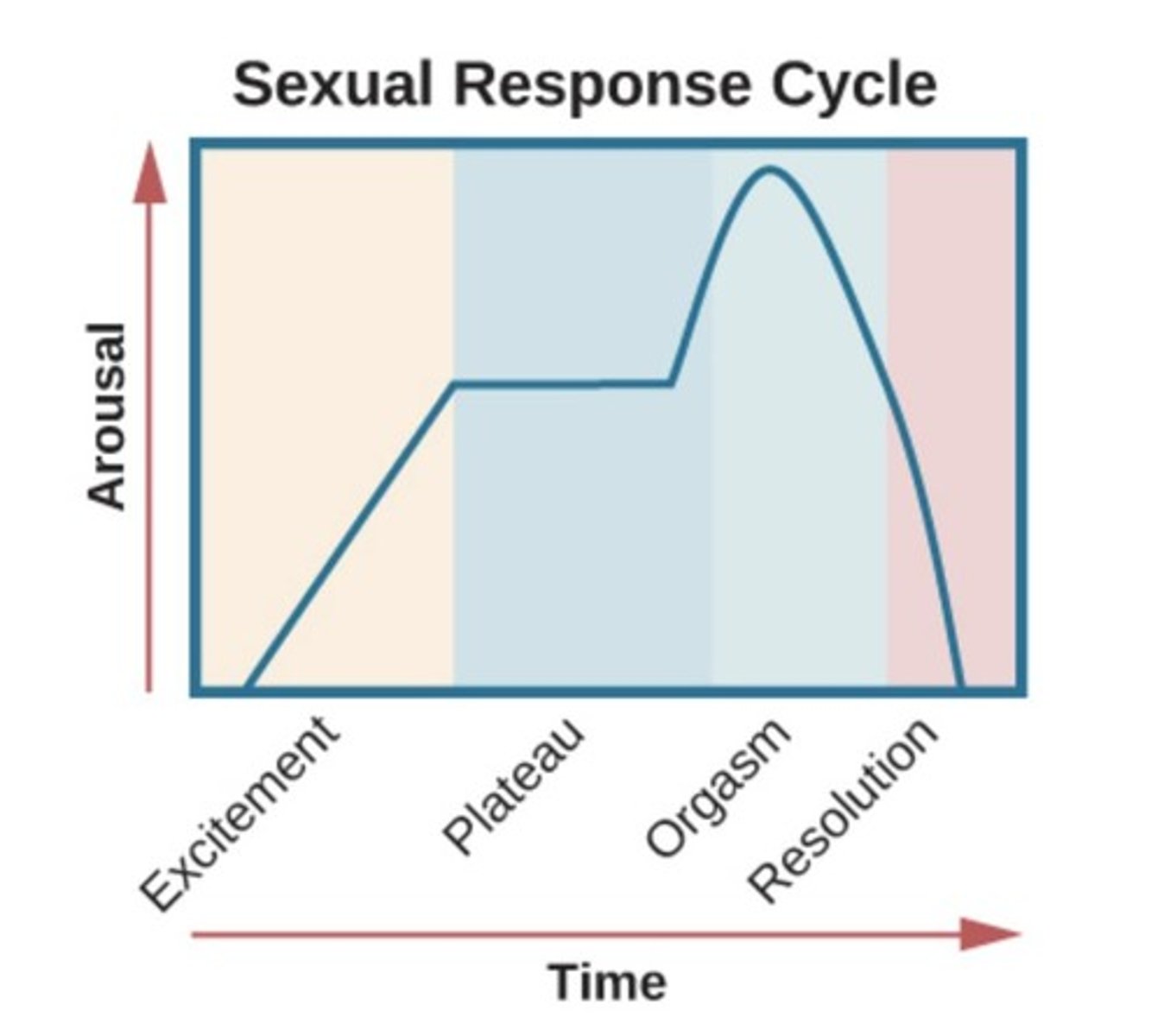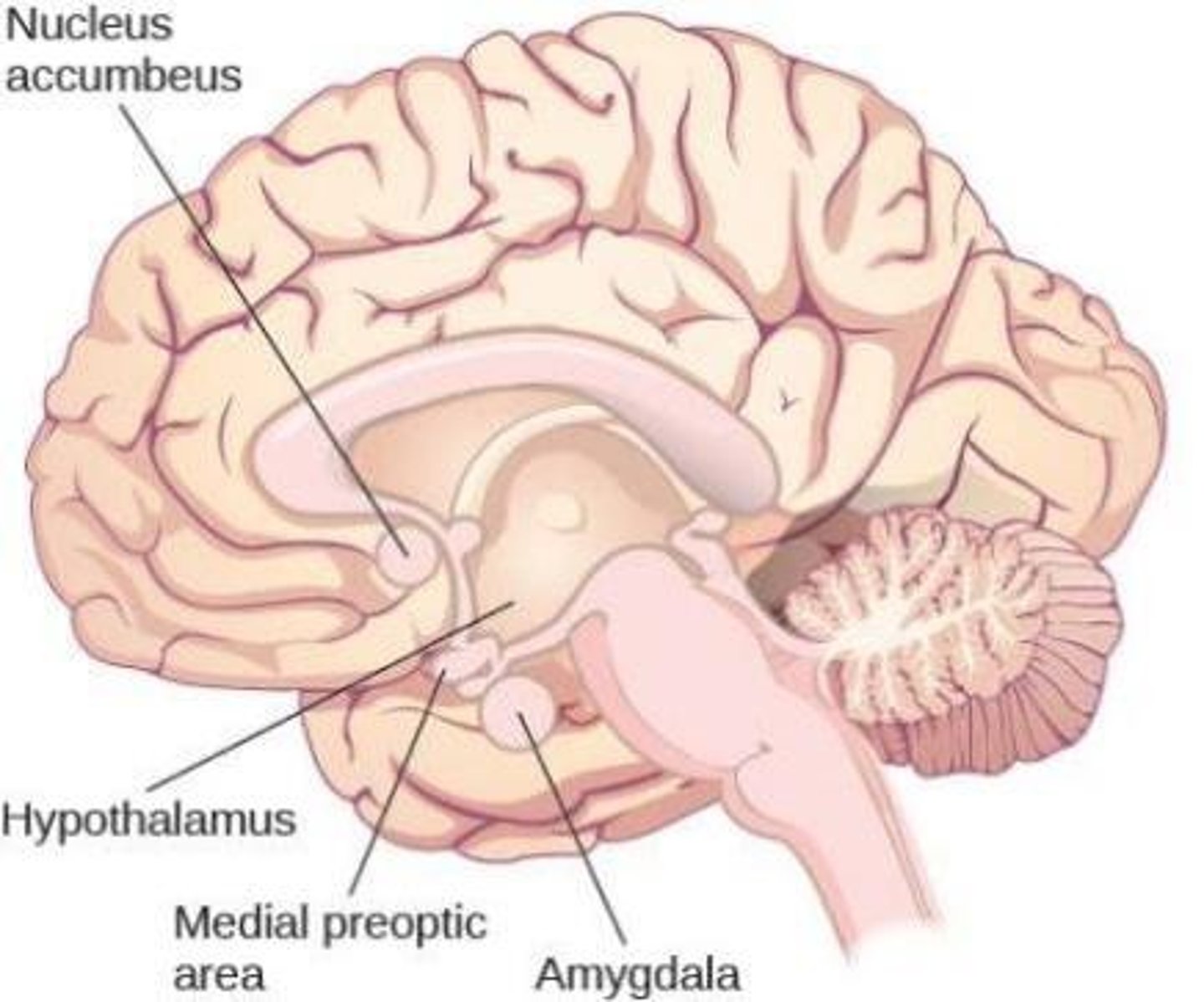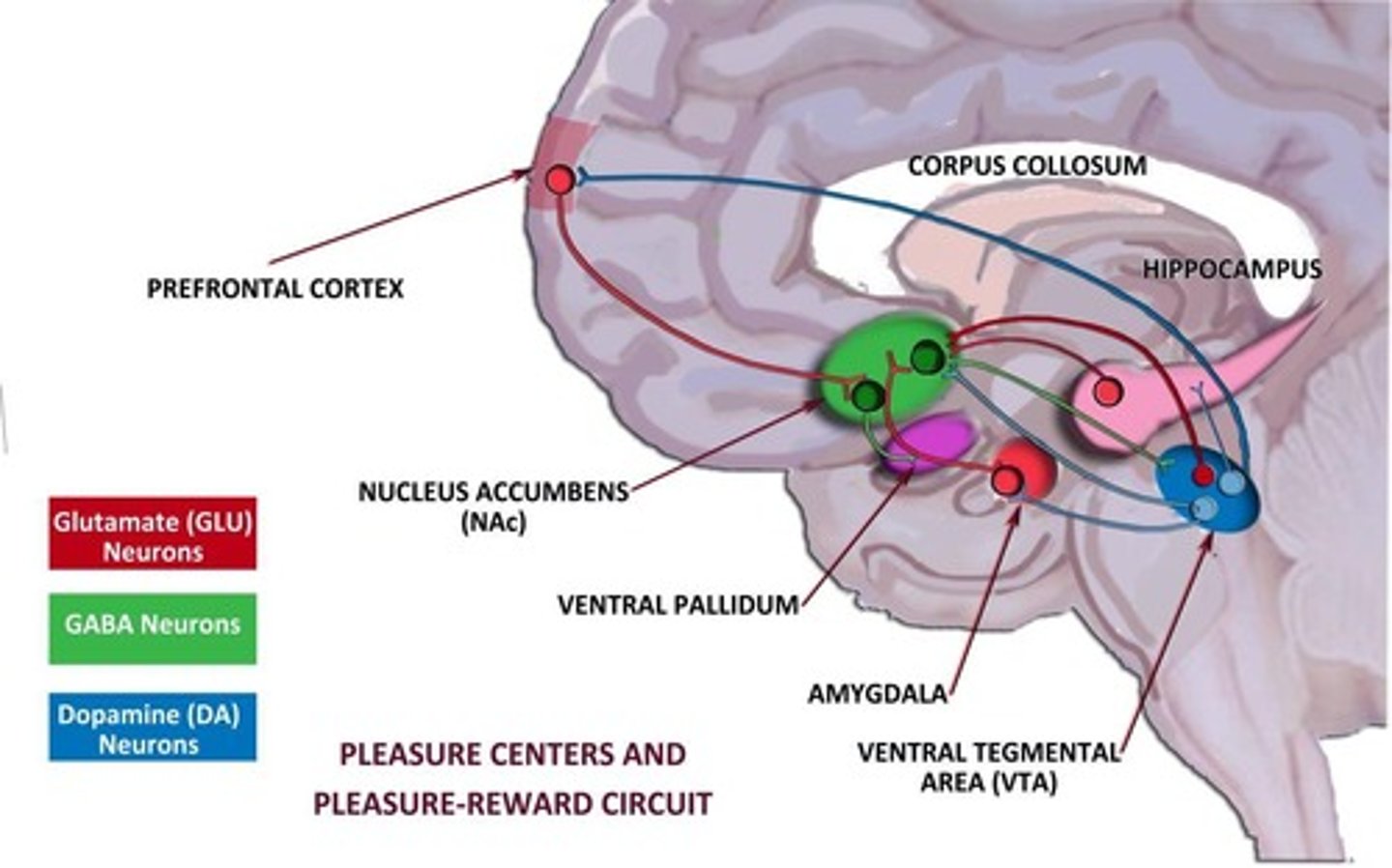Chapter 17: Understanding Sex, Gender, and Sexual Orientation
1/91
There's no tags or description
Looks like no tags are added yet.
Name | Mastery | Learn | Test | Matching | Spaced |
|---|
No study sessions yet.
92 Terms
Sex
Medical categorization based on genital appearance at birth.
Primary sex characteristics
Necessary for reproduction, includes gonads and sex organs.
Gonads
Sex glands producing hormones; ovaries and testes.
Secondary sex characteristics
Develop at puberty, not necessary for reproduction.
Intersex
Variations in sex differentiation occurring in 1 in 100 births.
Androgen Insensitivity Syndrome
Condition affecting male fetal development, causing female characteristics.
Turner's Syndrome
Chromosomal disorder in females leading to developmental issues.
Gender
Socially constructed roles and identities related to sex.
Cisgender
Identifying with the gender assigned at birth.
Transgender
Identifying with a different gender than assigned at birth.
Nonbinary
Identifying outside the traditional gender binary.
Genderfluid
Internal sense of gender changes over time.
Genderqueer
Identifying in a way that feels queer or non-normative.
Agender
Identifying as genderless or without a specific gender.
Xenogender
Identifying gender based on ideas outside binary definitions.
Gender role norms
Cultural expectations for masculine and feminine behaviors.
Sexual orientation
Pattern of sexual or romantic attraction to genders.
Heterosexual
Sexual attraction to the opposite sex.
Homosexual
Sexual attraction to the same sex.
Bisexual
Sexual attraction to more than one gender.
Demisexual
Attraction only after forming an emotional connection.
Asexual
Little to no sexual attraction, with or without romance.
Kinsey Scale
Continuum measuring sexual attraction from homosexual to heterosexual.
Intersex species
65,000 species with mixed reproductive traits.
Sexual Orientation Concordance Rate (SOCR)
Probability of individuals sharing sexual orientation.
Monozygotic twins
Identical twins with highest SOCR.
Dizygotic twins
Fraternal twins with lower SOCR than monozygotic.
Gender dysphoria
Discomfort between internal gender identity and external self.
Conversion therapy
Attempts to change sexual orientation or gender identity.
Psychological distress
Increased risk of distress and suicide from conversion therapy.
Non-consensual surgeries
Unnecessary surgeries on intersex infants for appearance.
John Money
Influential theorist on intersex treatment practices.
Gender transition
Process of aligning gender identity with external presentation.
Social transition
Changes in social identity without medical interventions.
Medical transition
Medical procedures aligning physical traits with gender identity.
Puberty blockers
Medications delaying puberty for trans youth.
Hormone replacement therapy
Administering hormones to align with affirmed gender.
Gender affirming surgery
Surgical procedures for aligning physical body with gender.
Gender euphoria
Joy from gender affirmation and relief from dysphoria.
DSM-5 criteria
Guidelines for diagnosing gender dysphoria.
Brian Douglas
Subject of documentary on intersex experiences.
George Rekers
Testified against LGBTQ+ parents, involved in conversion therapy.
William Masters
Conducted controversial study on conversion therapy.
Neurological correlates
Brain scans showing alignment with affirmed gender.
Coping tools
Therapy aids for individuals unable to transition safely.
Gender-affirming medical treatment
Includes hormones and surgery for gender alignment.
Gender affirmation
Validation from living as one's true gender.
Masters & Johnson
Pioneers in human sexual response research.
Physiological mechanisms
Biological processes influencing sexual behavior.
Four-stage model of sexual response
Masters & Johnson's framework for sexual response phases.

Hypothalamus
Brain region crucial for regulating sexual behavior.

Medial preoptic area
Hypothalamic region affecting male sexual behavior.
Hypogonadism
Reduced gonadal function impacting sexual function.
Endocrine glands
Hormone-secreting glands influencing sexual motivation.
Amygdala
Brain area involved in sexual motivation.
Nucleus Accumbens
Region linked to motivation for sexual behavior.
Sexual autonomy
Right to make personal sexual decisions.
Pleasure
Subjective experience of positive embodiment.
Hedonia
Pleasure derived from sensory experiences.
Pleasure reward center
Brain circuitry involved in pleasure processing.

VTA
Origin of pleasure circuitry in the brain.
Dopamine
Neurotransmitter facilitating pleasure and motivation.
Consent
Conscious agreement to engage in sexual acts.
Coercion
Pressure that invalidates true consent.
Positive embodiment
Feeling good in one's own body.
Sensation and perception
Components of the experience of pleasure.
Interoception
Awareness of internal body states.
Neurotransmitters
Chemicals transmitting signals in the nervous system.
Harassment
Unwelcome sexual/nonsexual advances or comments.
Statutory Rape
Unlawful sex with a minor below consent age.
Age of Consent
Minimum age for legal sexual consent.
Sexual Deviance
Arousal outside societal sexual norms.
Paraphilia
Extreme sexual deviance causing harm or distress.
Consensual ****
Bondage and Discipline, Dominance and Submission practices.
Kink
Non-conventional sexual practices or fantasies.
Fetish
Sexual pleasure linked to specific objects or body parts.
Gender Dysphoria
Distress from mismatch of assigned sex and identity.
Sexual Dysfunction
Persistent problems causing distress in sexual response.
Lifelong Dysfunction
Sexual dysfunction present from first sexual experience.
Acquired Dysfunction
Develops after a period of normal sexual function.
Situational Dysfunction
Occurs only with specific situations or partners.
Generalized Dysfunction
Not limited to specific situations or partners.
Types of Dysfunction
Includes pain, desire, arousal, and orgasm issues.
Paraphilic Disorders
Recurrent sexual urges causing distress or impairment.
Kink vs Disorder
Disorder causes significant distress or involves danger.
Biomedical Therapy
Includes SSRIs and anti-androgens for treatment.
Cognitive Behavioral Therapy
Focuses on changing problematic sexual behaviors.
Aversive Conditioning
Induces negative response to unacceptable stimuli.
Social Skills Training
Improves relationship-building with adult partners.
Monogamy
Partnership with only one person at a time.
Open Relationship
Partners agree to connections outside primary relationship.
Polyamory
Multiple romantic relationships, with or without prioritization.